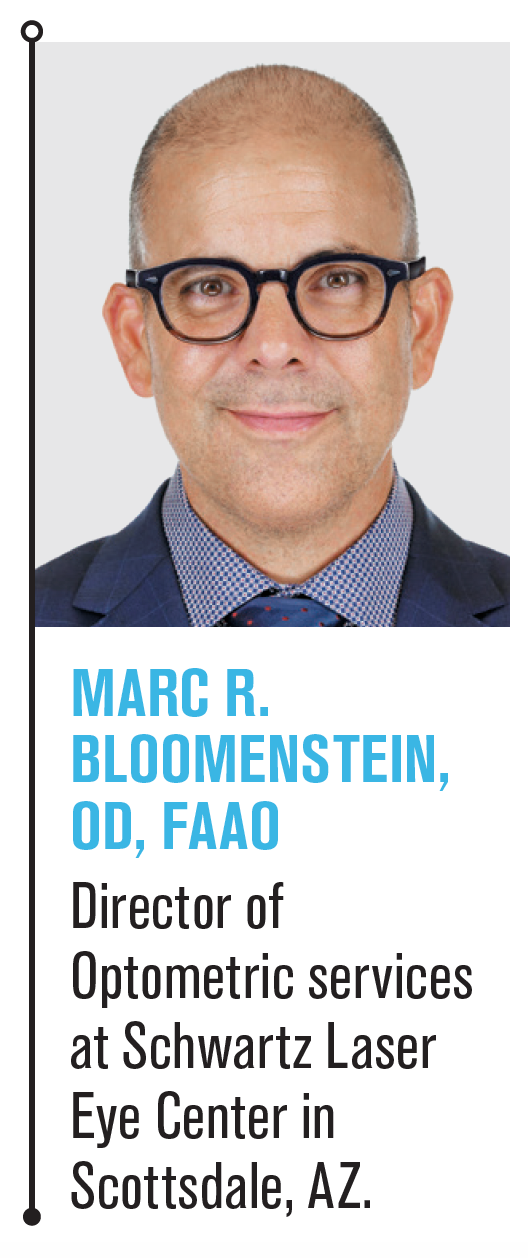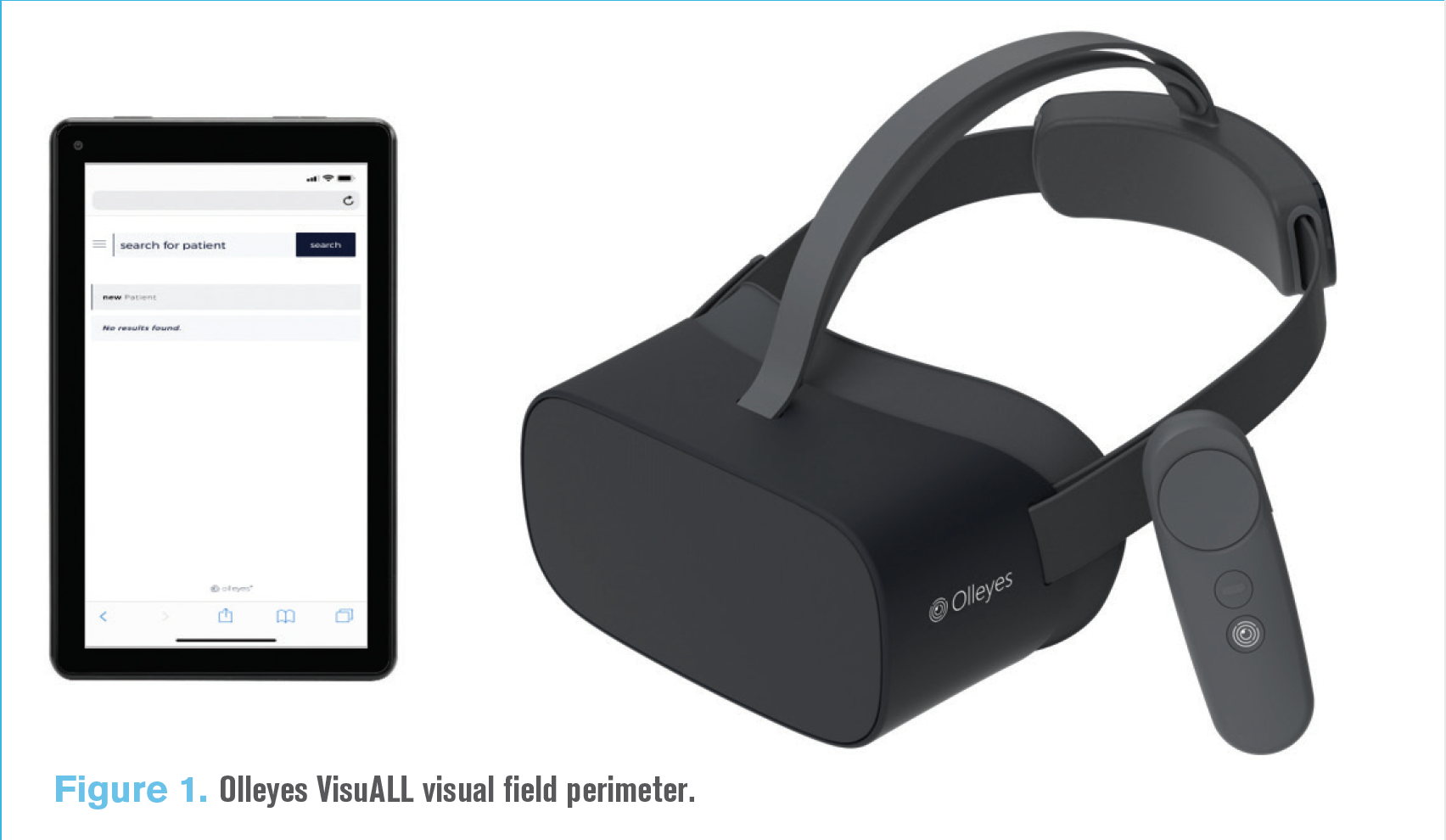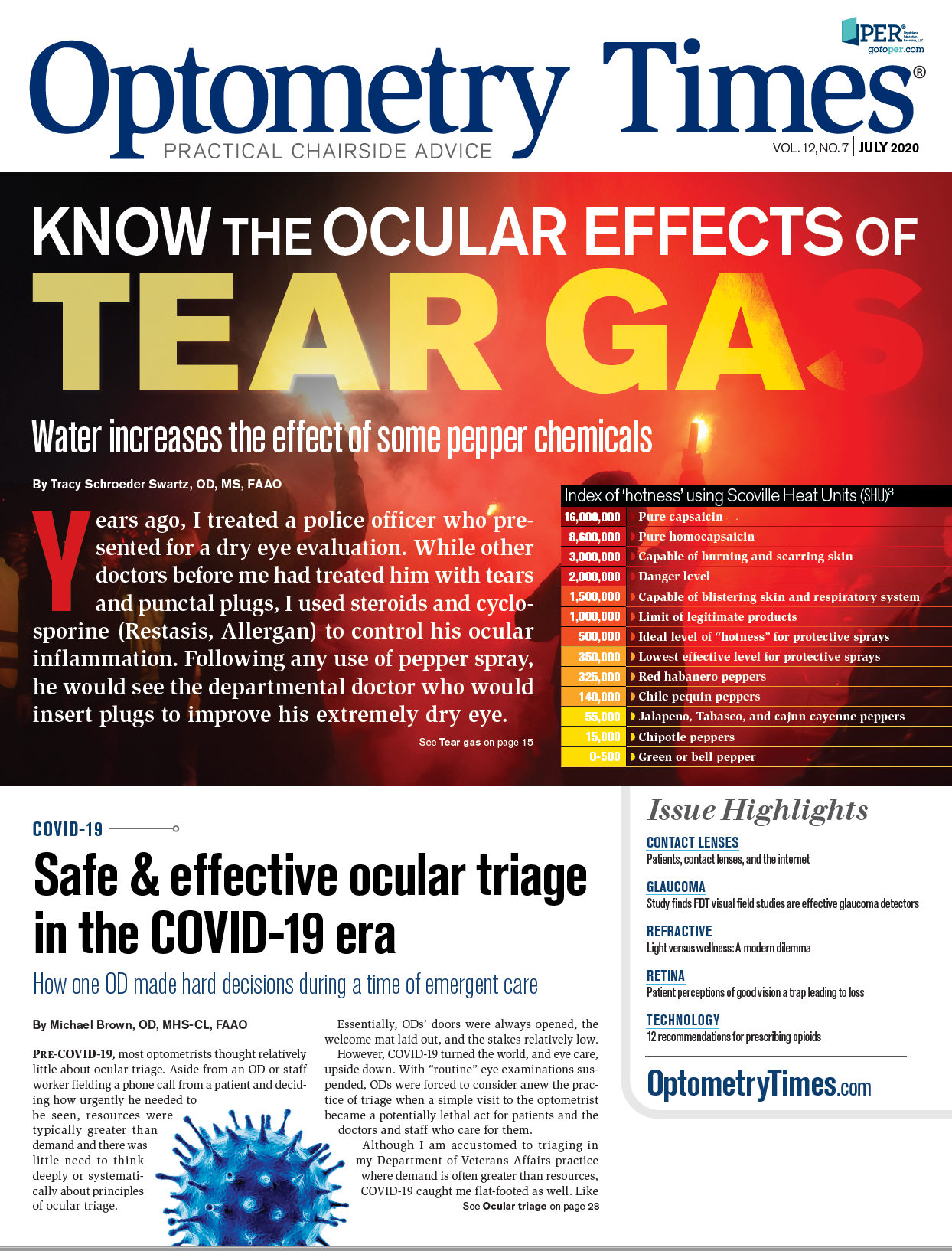COVID-19 response brings new protocols
From sanitation, to temperatures, and telemedicine, here’s how one OD’s practice thrives post COVID-19


COVID-19’s recent spread forced optometrists to think on their feet and come up with sudden practice management calls. Now, as practice doors begin to reopen and restrictions lift, ODs must implement new regulations that will keep their staff and patients safe.
As I write this, I hope that all of my colleagues have been able to find a semblance of consistency in their lives and work environments since the COVID-19 outbreak. There is no doubt that this unprecedented time has created unforeseen challenges and yet, has also provided ODs the ability to engage in innovative practice modalities.
Perspective
Now more than ever, as practitioners look for ways to connect with patients from a safe distance, technological advancements and telemedicine can enable ODs to cooperatively manage our patients’ health.
Related: Telehealth success hinges on better tools
I was recently texting with Jim Owen, OD, FAAO, and he stated that during the stay-at-home orders, he and a colleague fielded over 1000 calls for The Laser Center (TLC). Listening to his accomplishments caused me to look around our practice and strategize how ODs can use technology to establish a workable management environment.
Protocol
First and foremost, ODs must establish a protocol for referring patients to an ophthalmologist. My practice established a protocol in early March 2020, where all staff members were required to wear a mask and scrubs, and non-contact temperatures were issued prior to working.
We carried this protocol even further, past the stay-at-home orders in Arizona, and brought it to our patients. In my office, a facial covering is mandatory, and temperature must be below 99.5˚ We ask that patients arrive unaccompanied. Our waiting room has chairs placed 6 feet apart, and our optical room has a bucket in which to place frames that were tried on but need to be disinfected. We established a protocol to scrub down each room and reduced our patient flow by almost 50 percent. These measures were met with some eye rolls as well as with acknowledgement of our efforts to make each patient feel safe.
Related: Telemedicine in the face of COVID-19
After the Arizona governor allowed elective procedures to resume, our practice added further protocols. One such protocol mandates all elective surgical patients, including cataract patients, be free of temperature changes. In addition, we are conducting an antibody test for COVID- 19. Any patient who tests positive for antibodies will have his surgery postponed until a negative test is achieved. Because we are limiting flow of patients and follow-ups, this provides opportunities for our ODs to take more of these visits. It also creates virtual opportunities.
Telehealth
The use of telehealth is not limited to just emergent care. In fact, telehealth used in patient follow-ups or cooperative management of surgical patients can be even more beneficial. Laser-assisted in situ keratomileusis (LASIK) patients at their 1-week follow-up often need only a familiar voice advising on drop regimen and expectations. Photorefractive keratectomy (PRK) and epi-LASIK patients can benefit at their 30-60-day follow-up in much the same way.
I have always believed ODs should call their patients the evening of their cataract surgery. Perhaps, now, a FaceTime or Google Duo is more appropriate, followed by another call in a week to a month. After speaking with colleagues, I realized that ODs can manage a lot of our follow-ups with as little face-to-face attention. As a self-proclaimed social distancer, prior to COVID-19, I appreciated and coveted my Phoroptor VRx (Reichert) digital system. The ability to sit at the end of the lane and spin dials at this time is priceless. Furthermore, with Avia Tono-pen (Reichert) and the Ocular Response Analyzer (Reichert), I can check pressure with some distancing, as well.
Related: Video: How I have been using telemedicine amid COVID-19
Technology
Where I am most excited with technology is how ODs are starting to manage glaucoma patients. If the present goal is to give patients access to the testing and, yet, do it in a manner that is safe and hygienic, the Humphrey visual field does not induce either. I have recently purchased the VisuALL visual field perimeter (Olleyes) that is fully encased in virtual reality googles. The perimeter is designed for standardized and mobile assessment of the visual field.
In April 2020, I started engaging patients in this visual field analyzer from the chair in the lane, the waiting room, and, for a few patients, at their car. Sadly, our most vulnerable patients for COVID-19 are also our highest percentage of patients with glaucoma. Our practice will provide VisuALL fields at home visits or in the waiting room to free up space. Aside from the results being consistent with a big-box visual field, my patients are impressed with virtual reality and the ability to clean the unit for their safety.
All ODs can look at how they can manage their patients in a manner that is both productive and safe. Technology will lead the way and yet, we have technology now to further advance our ability to cooperatively manage patients. Let’s all be proactive for a future that is going to be reshaped for our profession. Let me know what new processes your practice has implemented and how they have altered how you manage patients.
More by Dr. Bloomenstein: Use MIGS prior to late-stage glaucoma

Newsletter
Want more insights like this? Subscribe to Optometry Times and get clinical pearls and practice tips delivered straight to your inbox.